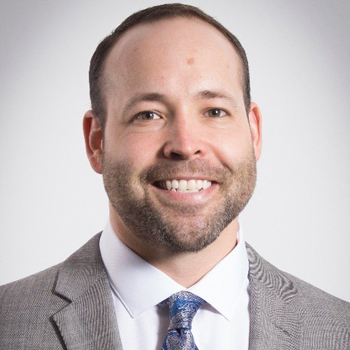A Guest Post by Erik Korem
“One size never fits all. If you train everyone the same what you will achieve is regression toward the mean. Those that excel will do so at the expense of others in the group.” –Vern Gambetta (Author and training expert from MLB, NBA, and MLS)
Training is a long-term process. This statement is repeated time and again, but I think the scope and meaning is sometimes lost. Many times we use this phrase to justify a well-thought-out and sequential training program, one that avoids the effort to “microwave” an athlete in hopes of producing greater biological power overnight. When developing a long-term training plan, however, what is often lost is a determination of where in the “timeline” of the training process we find each athlete.
Imagine that we’ve just climbed aboard the Back To The Future DeLorean with Marty McFly, but failed to enter a specific date on the dashboard of the time machine. Soon we’d find ourselves in Hill Valley, outside in a pitch-dark field. We’d know we are in Hill Valley and we’d know its dark outside, but beyond that, we’d have no environmental clues to tell us where we are in the course of time.
Likewise, when freshman enter college, oftentimes they are all lumped into a single physical preparation training group, one that doesn’t take into account their personal timelines. The assumption is that they all need the same type of biological development, but this could not be further from the truth. Some freshman have a large capacity for high-intensity outputs, yet lack cardiac development. Others may have strong aerobic systems, but lack the capacity to repeat high-intensity outputs. By tossing everyone into one general group for an entire year, some athletes will ultimately suffer for the sake of others. For those athletes, the training process is halted and their all-around development is hindered.
I am not advocating individualized training from Day 1; however, I am suggesting that very early in the training process the athletes need to be classified based on the functioning of various biological systems. In this way—within a single global training program—each athlete can have variations that drill down on the specific development they need. Omegawave’s technology can play a valuable role in this function. By monitoring each athlete’s state of readiness over a period of time, the coach can tailor a training program that builds up those biological systems that need development while intensifying at the systems that already display a greater capacity for work. In addition, by using Omegawave the coach receives measureable feedback from the training they’ve prescribed for each athlete.
Apart from physical preparation, the technical/tactical load placed upon athletes is frequently mishandled. Training loads are often distributed equally amongst all teammates, without consideration for relevant work capacity. There is little thought given to the reality that younger athletes may not possess the special work capacity to handle the same technical/tactical preparation loads as upper-classman. For a competitive team, the results can be devastating. A younger, more-talented athlete may hit a “wall” in the middle of the season, leaving them unable to perform at their highest level because their physiological state of readiness has taken a nose dive. On the flip side, at the very same time a more mature athlete with a higher level of special work capacity may not be receiving enough training load to improve his/her technical/tactical skills.
In brief, there is no such thing as a cookie-cutter program. One size does not fit all, and that is the beauty and challenge of the training process. It is our responsibility as performance coaches to monitor that process to ensure each athlete is in a position to reach his/her maximum capability.
Erik Korem is a High Performance Coach who has worked with the football team at the University of Kentucky and is now the Director of Sports Science for the Houston Texans.
